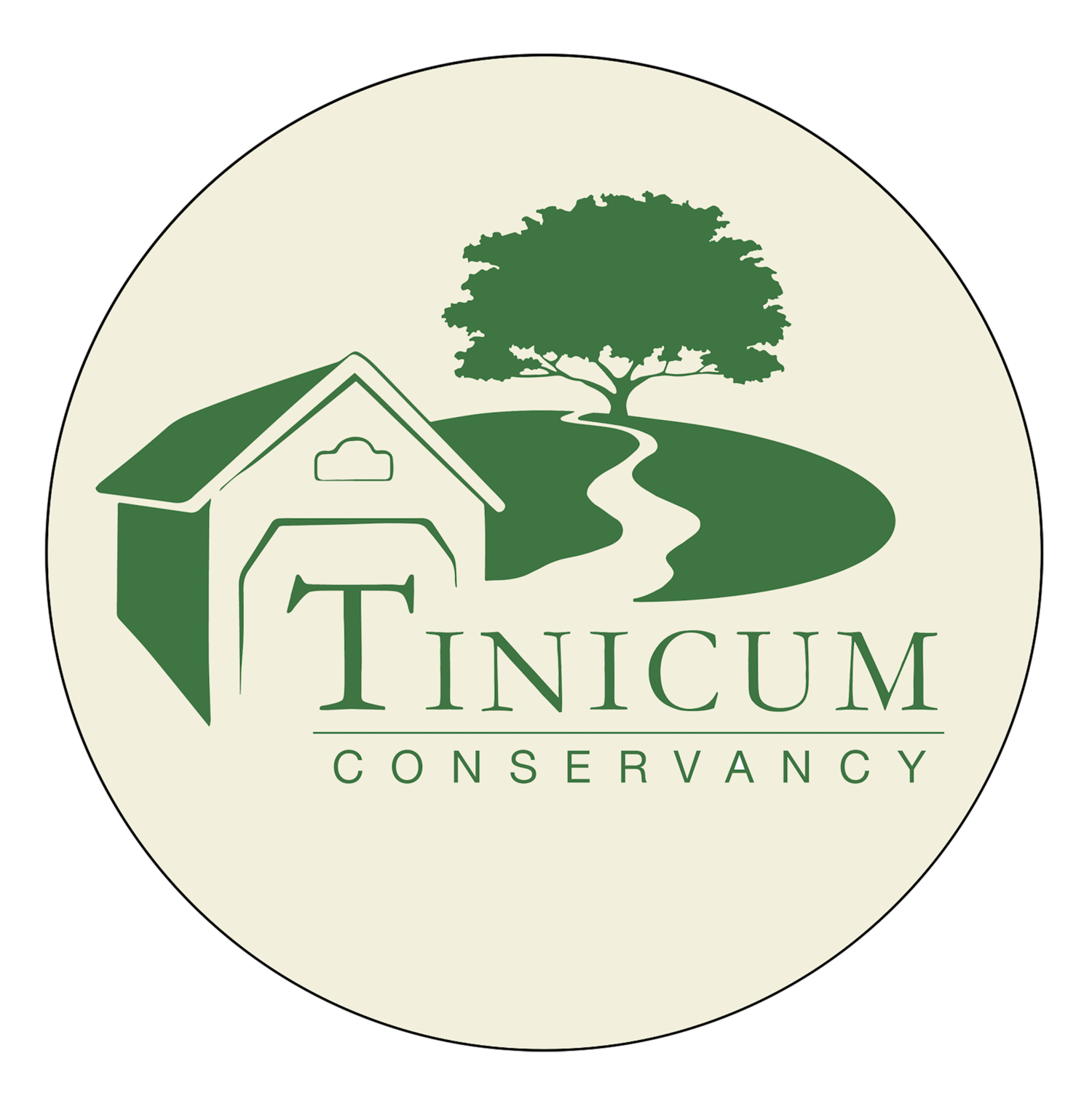
Land Protection
Why land protection?
All life depends on land and water, and thus preservation plays a critical role in our future. A thoughtful program of land protection benefits our community in myriad ways:
By protecting our water supply. Targeted conservation work preserves wetlands, forests, and fields that absorb rainwater. It creates buffer zones and water recharge areas along rivers, streams, and creeks, reducing flooding and filtering contaminants from the environment.
By supporting our quality of life. Land protection is a critical tool in the effort to maintain our rural character. Thoughtful planning controls sprawl, reduces traffic, and protects beautiful landscapes and historic areas.
By supporting farms. Protecting land keeps agricultural land in production, farms in business, and secures a source of local, healthy food. And it prevents unthoughtful development.
By protecting wildlife habitat. Our varied landscapes provide diverse habitat for a wide variety of species, including some classified as endangered and threatened. Many species require large, contiguous tracts of land to survive. Strategic conservation assures the survival of imperiled species.
By moderating property taxes. Residential development can cost local taxpayers more in government services than it generates in new tax revenue. Conserving land vulnerable to development helps to stabilize the tax rate and minimizes development’s negative effects--increased traffic, reduced recreation space, pollution, and loss of historic and biologically significant areas.
How do we protect land?
Conserving your land is a profound and lasting way to help protect our area’s rural character and natural resources. One of the strongest tools that allows landowners and groups like the Conservancy to do this is with an arrangement called a “conservation easement.”
A conservation easement is a legally binding agreement between a landowner and a qualified conservation organization (such as the Tinicum Conservancy). It places permanent restrictions on a property to control development and provide protection to the property’s particular natural and agricultural values. An easement “runs with the land,” meaning all future owners are legally bound to uphold it.
With a conservation easement, landowners retain complete ownership of their land, and often receive significant tax benefits and/or payment for their commitment. Conservation easements benefit the entire community by reducing development pressure, improving water quality, providing wildlife habitat, and preserving local farms — thus improving the quality of life for the landowner, but also the community at large.
What happens after a land conservation easement is created?
A conservation easement is only the first step in the land preservation process. Stewardship is the next step. Stewardship means working alongside landowners to carefully look after the conserved land so that it is sustained or enhanced for future generations. Annual monitoring visits to the easements we hold is one aspect of stewardship; it also includes outreach to easement owners, other conservation-minded landowners, and the community at large. The Conservancy acts as a resource for landowners and residents, offering information, connections to national resource professionals, and advice for property owners.
For more information on the monitoring process, see the Conservation Annual Monitoring Program. For more on how you can be a better steward of your land, please explore our Resources Page, or contact Kelly Germann, Resource Protection Manager for the Conservancy, at 610-294-1077 or by email at KGermann@tinicumconservancy.org
Are there other ways I can protect my land?
Yes. For more than 25 years, Tinicum Conservancy has helped landowners realize their personal conservation goals. We can work with you to tailor an easement that’s best for your individual situation.
An Outright Donation of Land. A donation is the most straightforward way to protect your land and ensure that it’s properly managed in perpetuity, and it generally offers the maximum potential tax benefit. Ownership, along with an endowment for ongoing care of the property, is transferred to a nonprofit conservation organization. (A donation with life estate is similar, but the donor retains the right to live on the property for the rest of her life.)
A Bequest. Donating land, along with an endowment for on-going care, through a will or living trust allows the landowner to maintain complete control of it during his or her lifetime and may significantly reduce estate taxes.
Donation as a Non-Conservation Asset Property. A home or land, not necessarily with significant conservation value, donated to the Conservancy can be sold and the proceeds used to support conservation. Such donations may receive an income tax deduction for contribution and are good options for small parcels.
For more information and other ways that you can protect your land for the future, please contact Executive Director, Jim Engel, at 610-294-1077 or JEngel@tinicumconservancy.org
I don’t own land yet, but I believe in protecting our natural resources. How can I help?
Everyone’s welcome at the Tinicum Conservancy, and we’re always looking for ways to make our community stronger. We have volunteer opportunities (both in the office and in the field) and a variety of membership levels to meet everyone’s budget. Check out our Take Action page to find out how you can join us.
Tinicum Conservancy is a 501(c)(3) organization. Your donation is tax-deductible to the fullest extent of the law. Tax ID # 23-2684679
